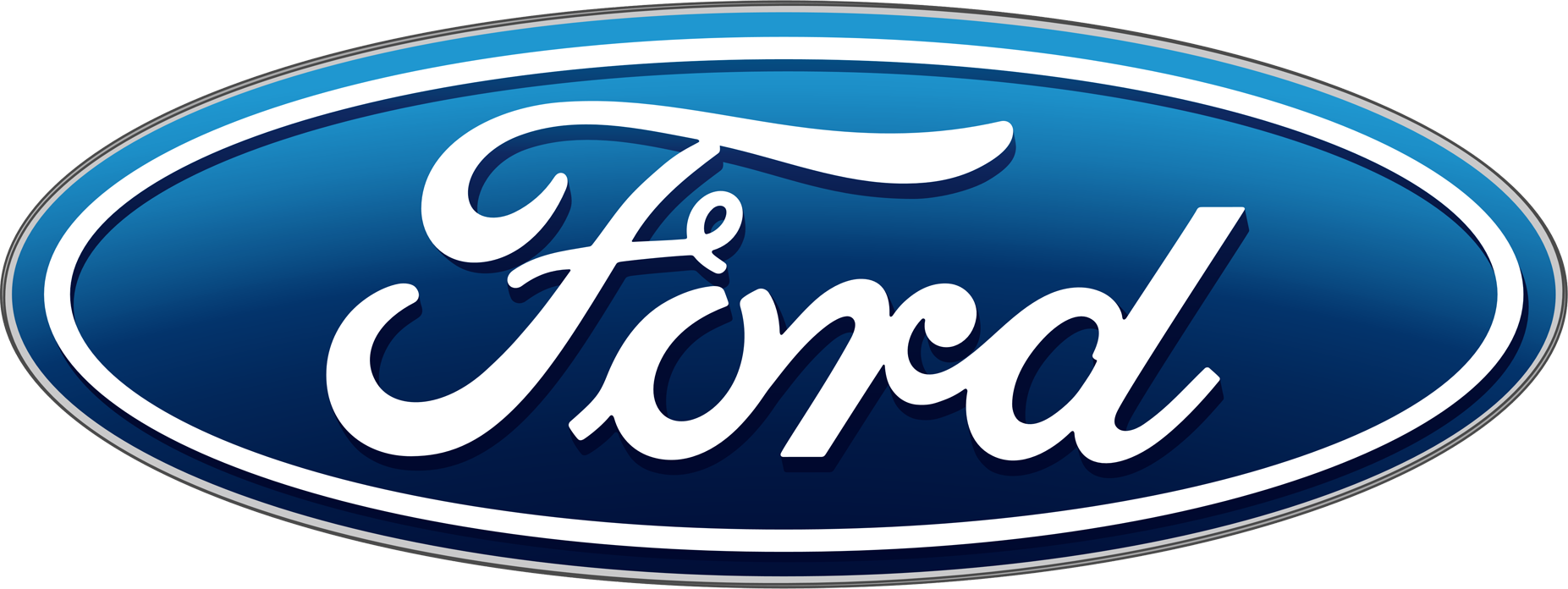Ford Mobilty Program
The Ford Mobility Program
When it comes to mobility, if you have a physical disability or health condition you may feel short on answers, long on questions and unclear of where to start. What you need most is support and guidance. That’s why we created The Ford Mobility Program – so everyone living with extended mobility needs can regain their independence. We’re committed to guiding you through every step of the process in choosing, financing and adapting a vehicle as well as offering financial reimbursements to help offset your extra expenses.
Adapting Your Vehicle
Whether you’re a person with a physical disability, have a loved one with extended mobility needs or are an organization transporting those with health conditions, Ford Mobility is here for you.
Before installing adaptive equipment, we recommend that you take the time to assess your driving needs so you can get back on the road safely. With the correct guidance, you can ensure your vehicle is adapted correctly to fit your lifestyle.
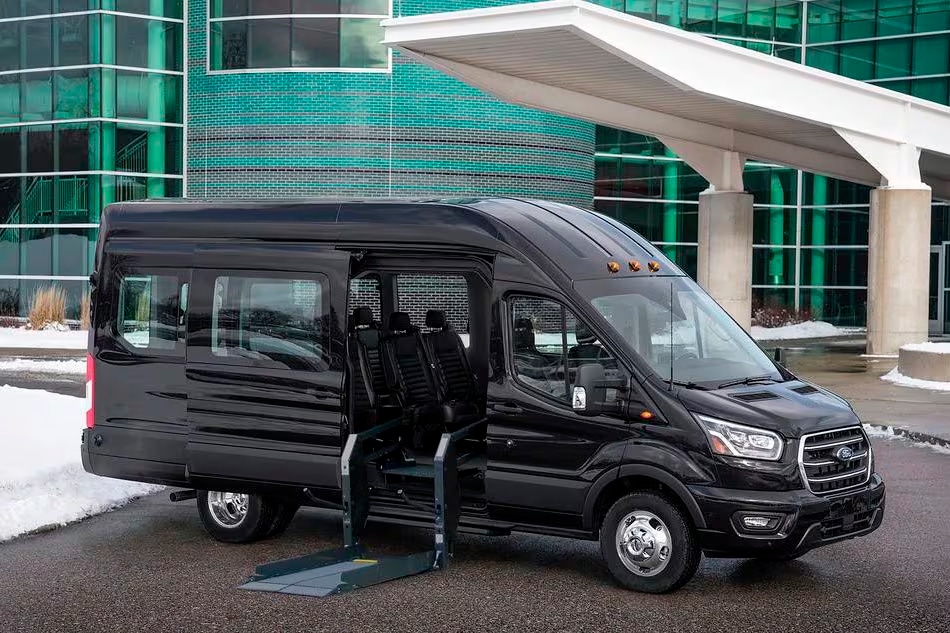
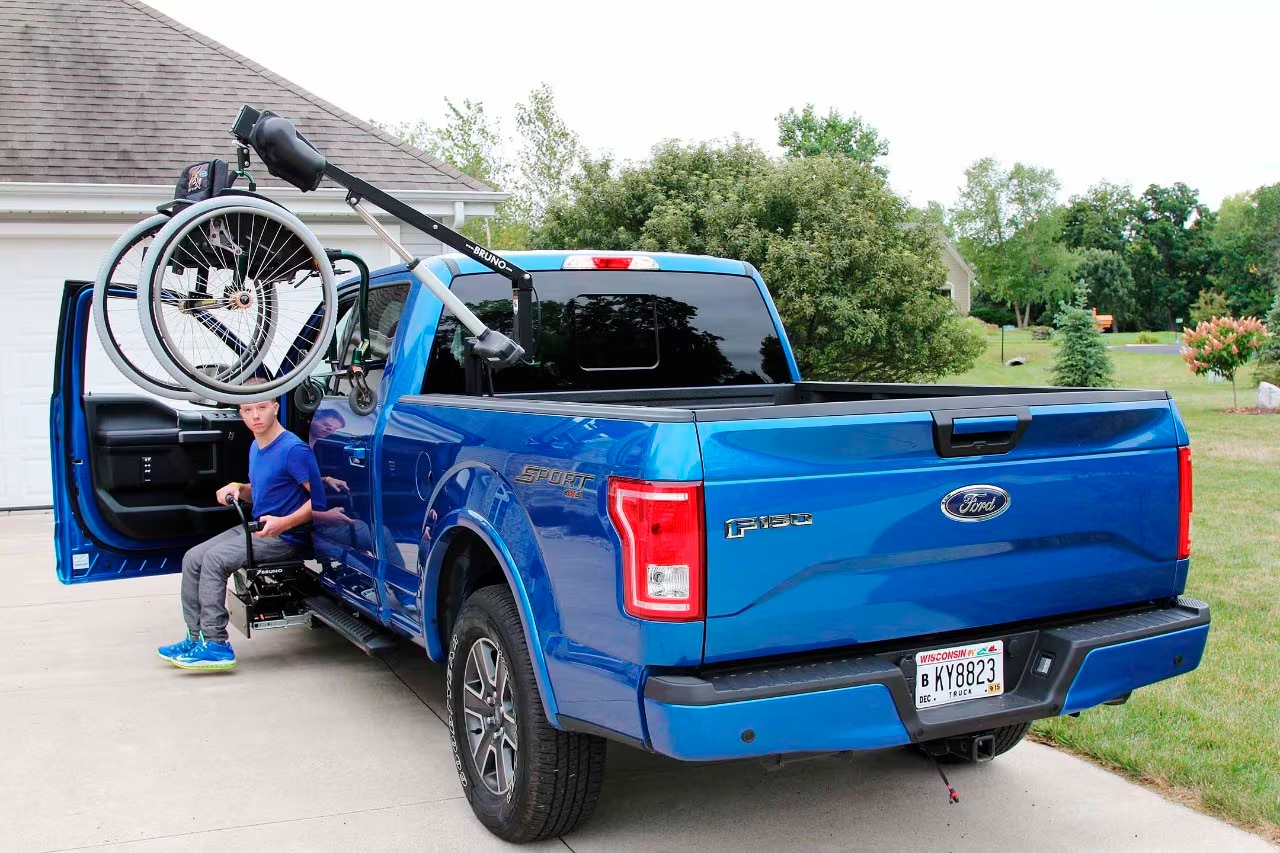
Gain Independence With Adaptive Equipment
Regaining your independence and helping you to be self-sufficient are sometimes as simple as selecting the right adaptive equipment.
There is a broad range of equipment including: carriers, door openers, hand controls, lifts, parking brakes, power assist seats, steering devices and wheelchair restraints. Equipped with the right adaptive equipment, let nothing hold you back.
Learn About the Reimbursement Program
Living with a physical disability or health condition comes with its challenges. Unfortunately, costs that quickly add up can be one of them. For that reason, Ford Mobility created a reimbursement program to help offset some of those extra expenses.
When purchasing or leasing a new Ford of Canada vehicle, you may be eligible to receive up to $1,000 towards the installation of adaptive driving aids or equipment.
Reimbursement Eligibility
To help make sure that nothing holds you back, we reimburse eligible customers up to $1,000 towards the installation of adaptive driving aids or equipment.
To be eligible, customers must be the end user of the vehicle that requires installation of qualifying adaptive driving, assistance equipment or passenger aid equipment. The end user may also be defined as an organization, church, assisted living facility, nursing home, municipality, city, province, provincial government or federal government. Claims may also be made for adaptive equipment required by a family member of the owner/lessee of an eligible vehicle, providing the equipment is permanently fitted to the vehicle.
Most new model Ford cars, vans, CUVs, SUVs, and trucks sold or leased during the program period are eligible for this program. Eligible vehicles must have installation of the qualifying adaptive equipment within six months of reported purchase/lease date to the ultimate consumer. New vehicles acquired from a Canada Ford Authorized Pool Converter are eligible for the program. Used units, including those previously in rental service, lease service, or repurchased vehicles by Ford Motor Company that are available for resale, are not eligible.
Not all adaptive equipment is eligible for reimbursement. So before installing any adaptive equipment be sure to check. For a list of common adaptive equipment that is eligible click here.
Some equipment that is not typically thought of as adaptive equipment, or is not available from the factory but is eligible under the program is listed below.
Factory-installed options that are not considered eligible to the program include, but are not limited to the following:
*may require additional documentation. You will be notified if additional documentation is needed such as a letter or prescription clearly describing the permanent physical disability requiring this equipment, prepared by a licensed or certified medical professional.
Major structural vehicle modifications to accommodate the installation of a wheelchair lift or ramp MUST be completed by a Ford-authorized Qualified Vehicle Modifier (QVM) to be eligible for reimbursement. Examples include, but are not limited to, raised roofs or door openings and lowered floors.
How to Submit Your Claim
The reimbursement process is quick and easy. Once your vehicle has been purchased and the installation of adaptive equipment is completed, your dealer will assist you in submitting your claim. Your dealer will need the following documentation:
How to Get Financing
Ford Credit offers flexible finance terms for persons with physical disabilities and their families. In addition, it will finance both the vehicle and the adaptive equipment for up to 72-months for qualified customers enrolled in the Ford Mobility Motoring Program on approved credit and subject to normal lending criteria.
The available terms are determined by the amount financed for the modified vehicle. Ford Credit can finance the adaptive equipment, the conversion cost, and the base vehicle as a single transaction.
Adapting Your Vehicle
Adaptive equipment is an installed device or structural modification that is necessary for a person with a permanent physical disability to drive or be transported in a vehicle. There are a wide range of modifications that can be made to a vehicle based on a person’s needs. Rest assured, Ford Mobility can provide the guidance and resources for finding the equipment dealers and installers that will help make the appropriate adaptations to your vehicle.
Questions to Consider
Questions to consider when planning to instal adaptive equipment:
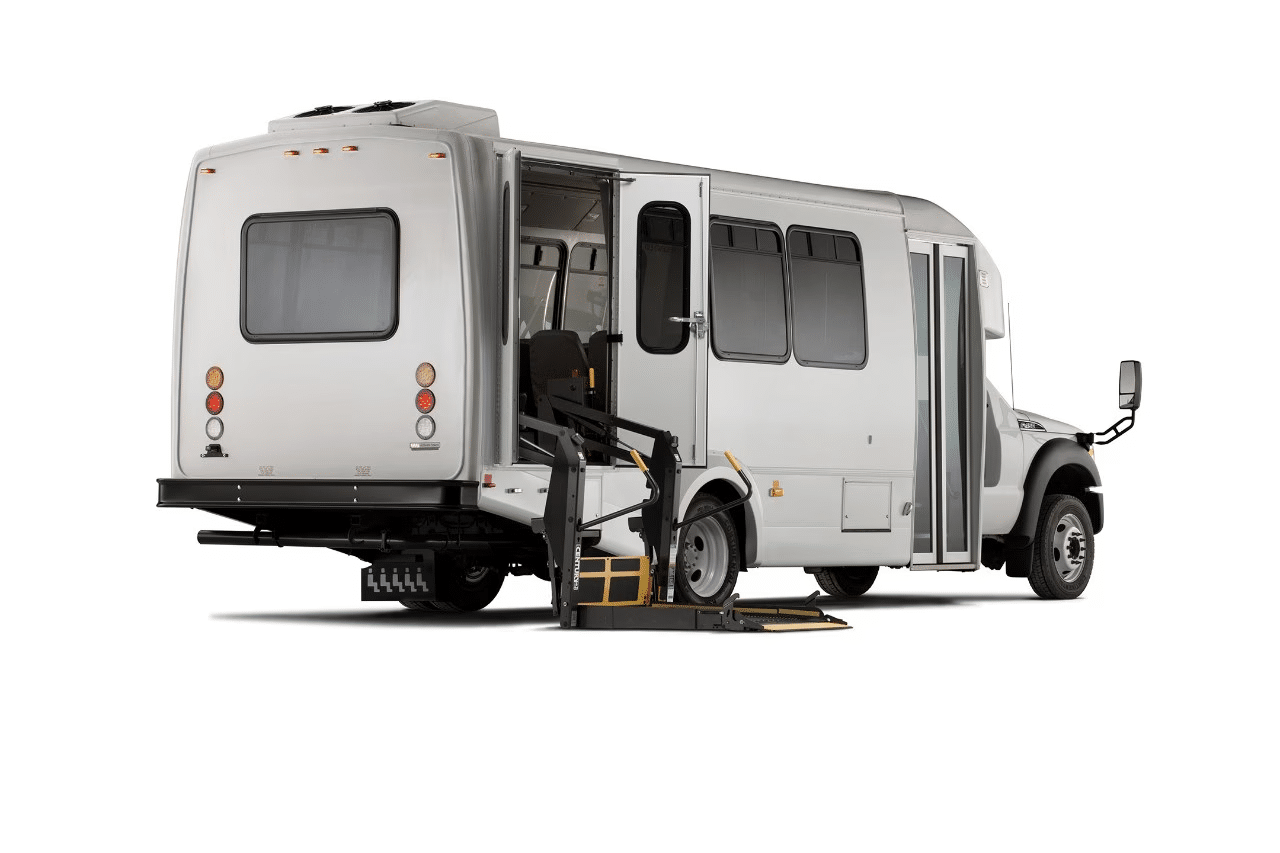
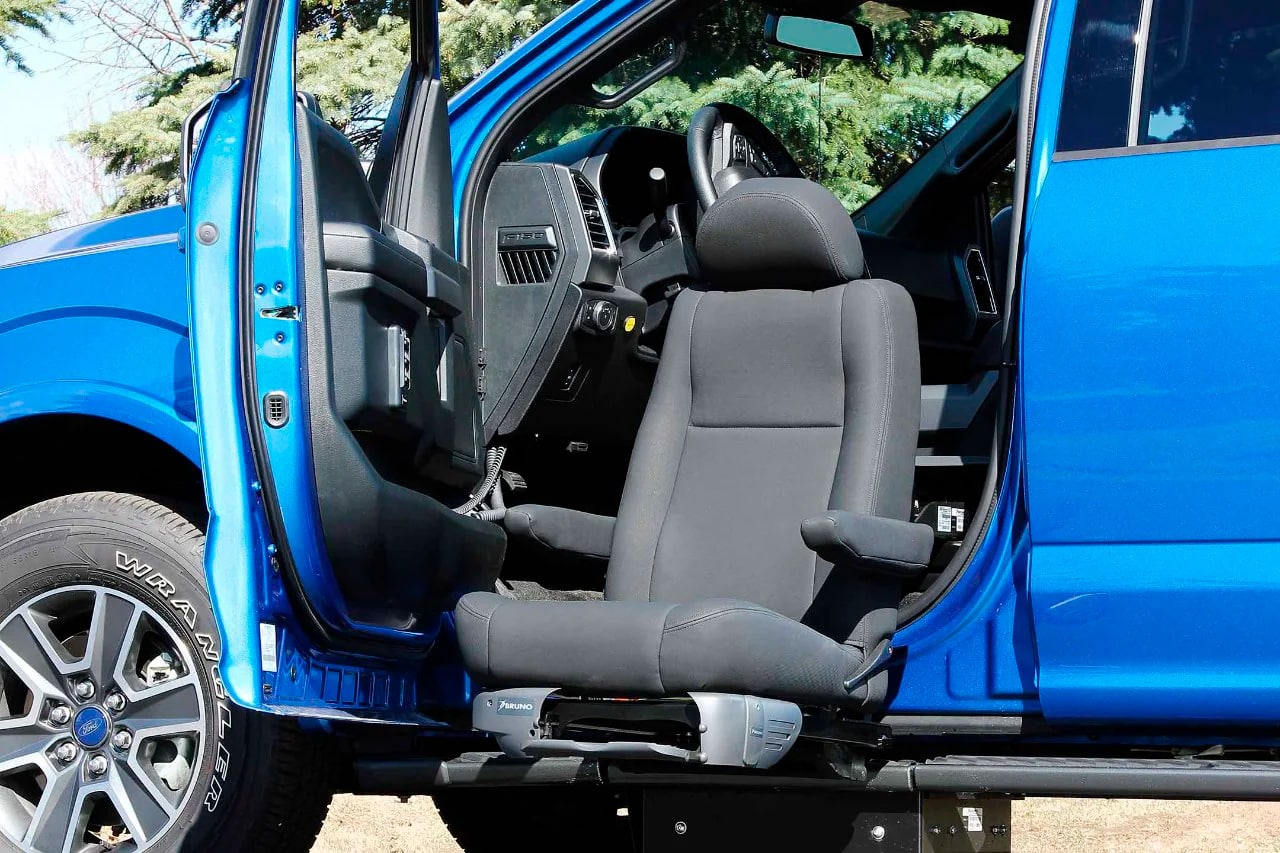
Assess Your Driving Needs
Before purchasing any adaptive equipment, we recommend that you do the following to regain your driving independence:
Standards and Guidelines for Mobility Best Practices
National Mobility Equipment Dealers Association
The NMEDA is a nonprofit organization composed of dealers, automotive manufacturers, rehabilitation professionals, and mobility equipment providers that encourage professionalism and work together to establish national guidelines and standards for mobility best practices.
To view a list of current members, go to www.nmeda.com. NMEDA Quality Assurance Program, QAP, is a nationally recognized accreditation program for the adaptive mobility equipment industry. As such, the companies involved have been certified to comply with NMEDA quality control processes, have the proper insurance, and have obtained the applicable training from the adaptive equipment manufacturers they represent.
List of Adaptive Equipment
Carriers
Bumper-Mounted Carrier – allows manual wheelchairs to be mounted on bumper. Most of the bumper-mounted carriers can be removed to allow access to the trunk.
Car Top Carrier – an electric motor-driven hoist operates by switches. A steel pin lowers to pick up a manual wheelchair, which folds as it rises to the carrier.
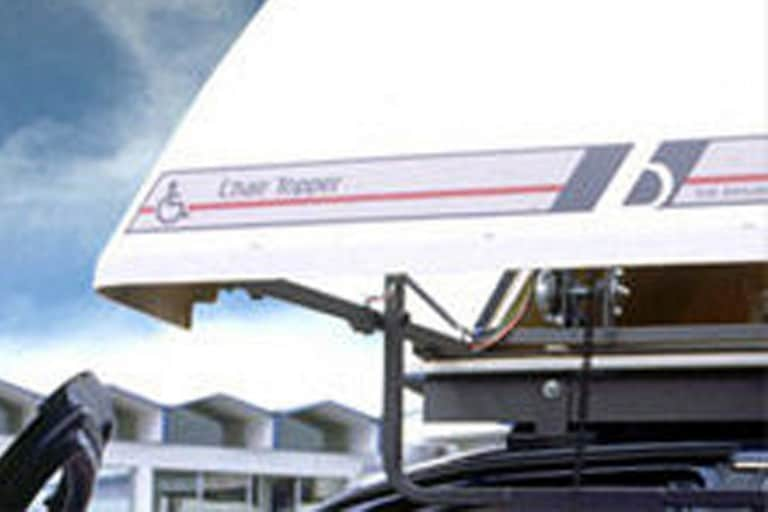
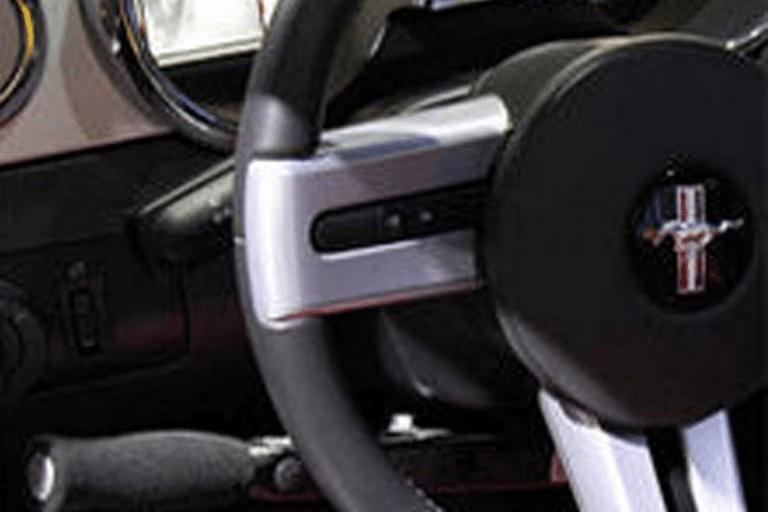
Hand Controls
Hand Controls are divided into electric or mechanical hand controls. With electric hand controls usually using a combination of joysticks and levers. Whereas, mechanical hand controls usually include push or rotary controls.
Electronic. Hand Controls – Hand Controls – this technology comes in two segments: Primary and Secondary Controls. Primary controls operate the gas, brake and steering functions. Products are usually combinations of joysticks and levers.
Door Openers
Door Openers are available in two formats.
Either as a Chain Door Opener with a slide door that travels in a track, located at the top of the van.
Or as a Pivot Arm and Push/Pull Gear Door Opener, which opens double-out door outward.
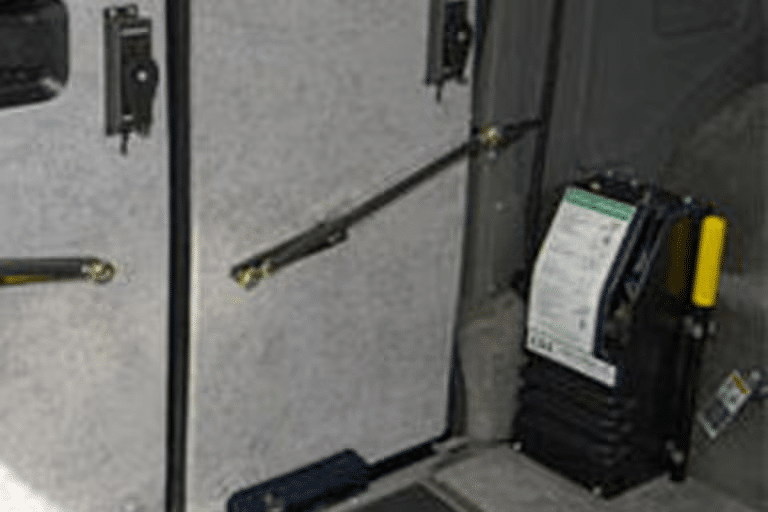
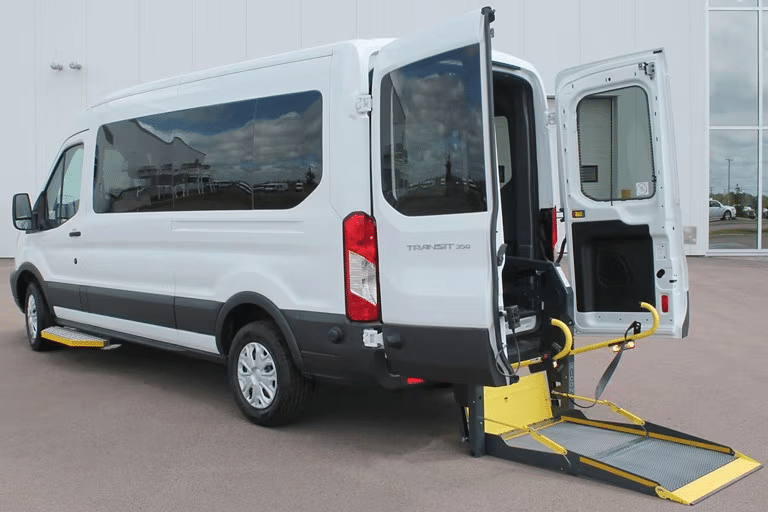
Lifts
This category contains an array of innovatively engineered lifts that can pick up wheelchairs or scooters and store them inside or outside of your vehicle.
There’s a lift customized for each vehicle, but may not suit each persons’ need. Please consult a Certified Driver Rehabilitation Specialist to help determine which equipment will be appropriate for your driving skills and vehicle.
There are two basic types of lifts covered here, platform and hoist lifts. These two lifts come in various types: hydraulic, electrical mechanical, gravity and those that combine hydraulic and electrical.
Parking Brakes
This equipment group contains two ingenious devices that make it easier to activate a vehicle’s parking brake.
The electric version is motorized and can be reached by foot, while the manual version extends upward and can be reached by hand.
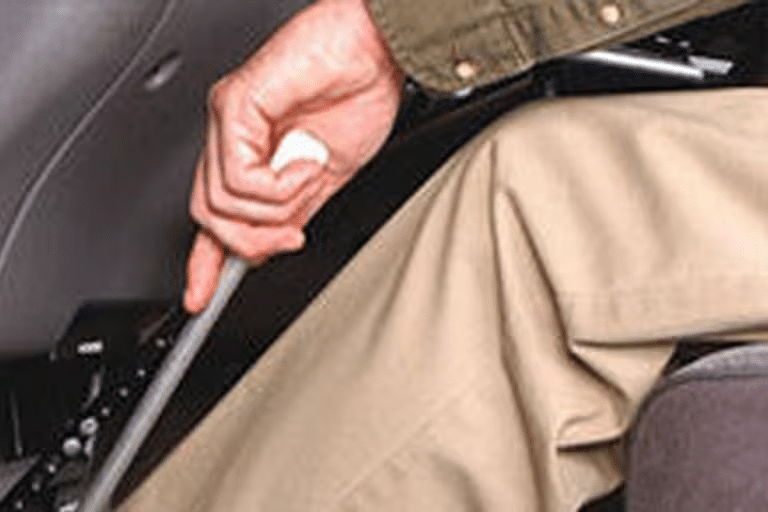
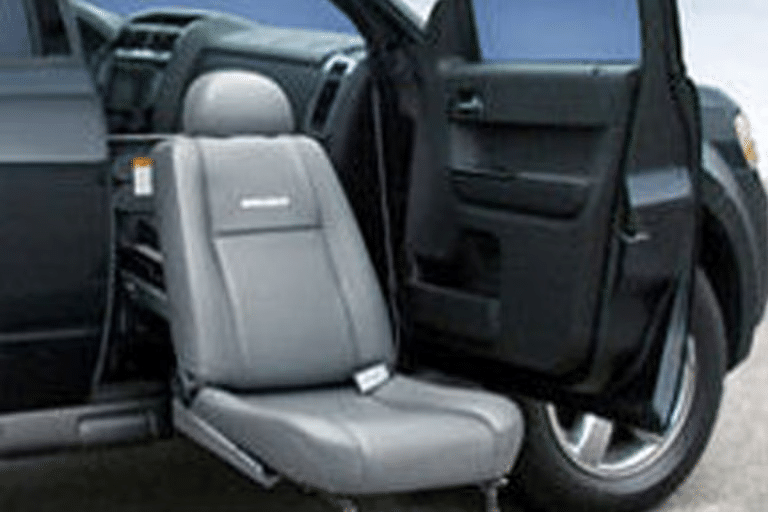
Power Assist Seats
This equipment group contains two innovative systems that provide easy entrance into the vehicle of your choosing.
Both involve a rotating seat that actually comes out of the vehicle and lowers for ideal access.
Power and manual versions are available.
Steering Devices
This equipment group contains a wealth of useful instruments that allows one with limited arm, hand or wrist mobility to steer.
From the Spinner Knob to Foot Steering Controls, we’re confident you’ll find a device that can help you conveniently turn in every direction.
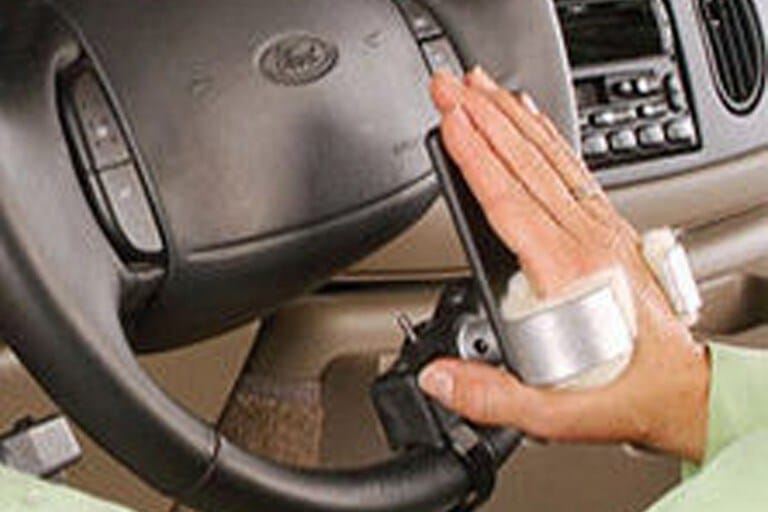
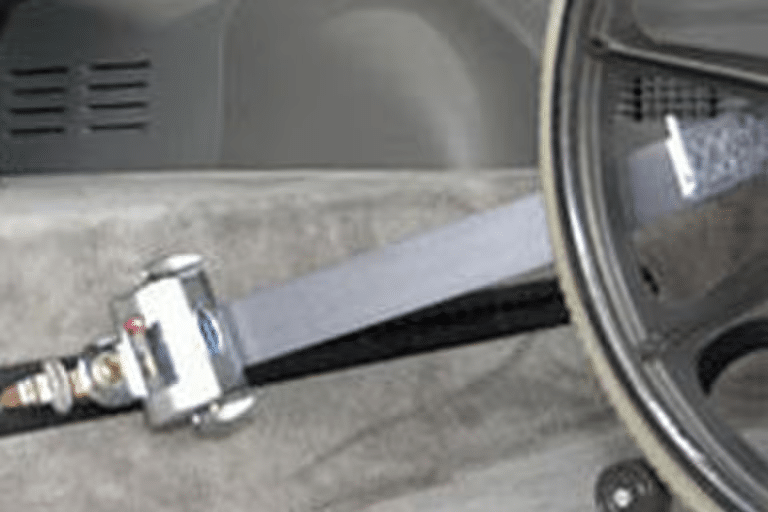
Wheelchair Restraints
This equipment group contains three capable instruments that will secure a wheelchair in place with or without a person in it.
The devices work harmoniously to ensure proper balance and safety.
*The images, pricing and descriptions are subject to change and to be used for reference purposes only. Ford Motor Company is providing this information for assistance and illustration purposes only, and no endorsement is intended. The quality of services and/or equipment provided by others can only be assured by the supplying organization. Consumers should verify information, check with adaptive equipment manufacturers and structural modifiers to obtain complete references before having their vehicle adaptation/modification completed.
Finding the Right Mobility Providers
Though you have to select a Qualified Vehicle Modifier and/or adaptive equipment dealer in your area, it isn’t a decision you have to make alone. Discuss your options with your Ford Dealer, and read the following information to help you choose the providers best equipped to meet your specific needs.
Choosing Your Qualified Vehicle Modifier
Choosing a company to provide your vehicle modification is an important decision. Be sure to ask about credentials, experience, warranty coverage and service after the sale.
Major structural vehicle modifications to accommodate the installation of a wheelchair lift or ramp MUST be completed by a Ford-authorized Qualified Vehicle Modifier to be eligible for reimbursement.
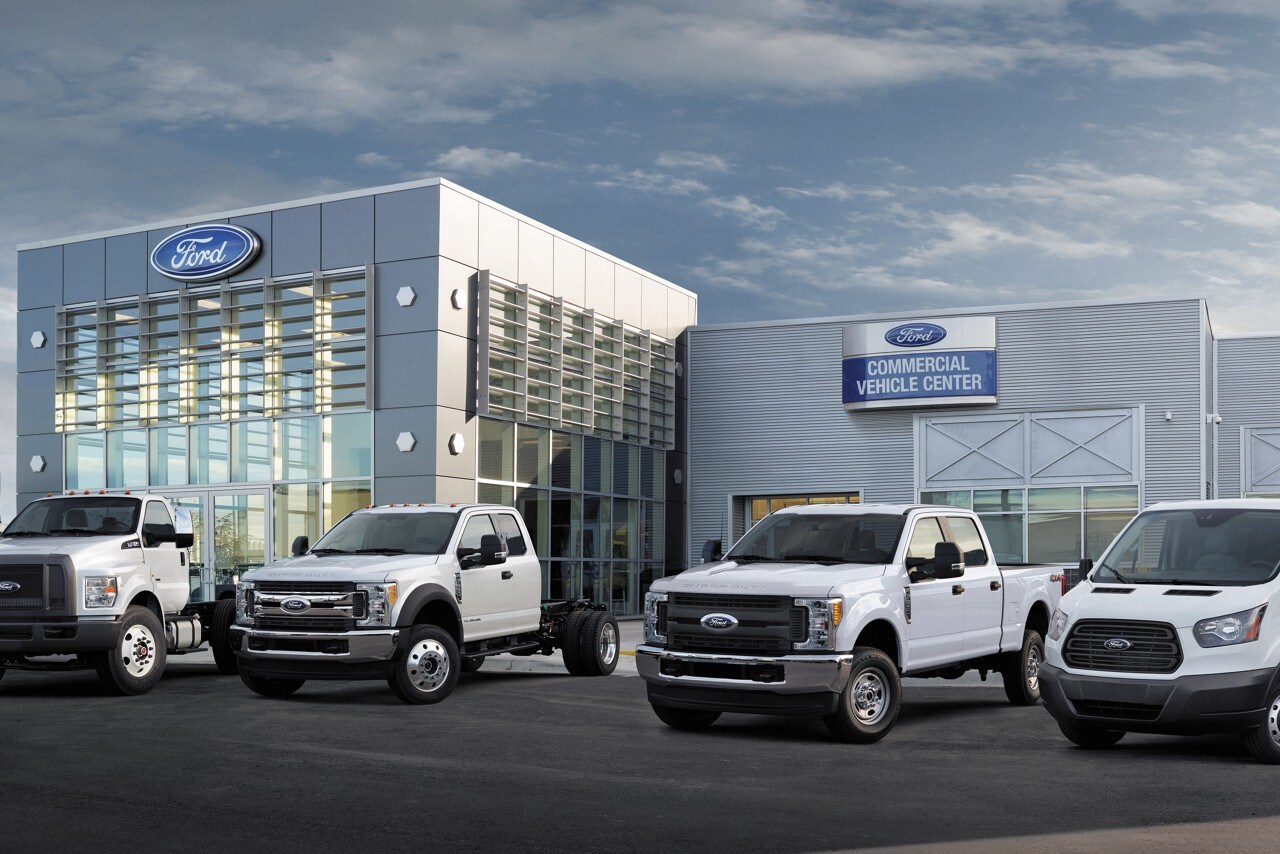
Finding the Right Adaptive Equipment Dealer
Choosing an adaptive equipment provider is an important decision that should not be made without adequate information. Be sure to ask about credentials, experience, warranty coverage and service after the sale. Your Ford Dealer can help. Feel free to discuss your options with your Ford Dealer before you make your decision.
Ford recommends you choose an adaptive equipment dealer that has been accredited by the National Mobility Equipment Dealers Association (NMEDA).
National Mobility Equipment Dealers Association
NMEDA is a non-profit organization composed of dealers, automotive manufacturers, rehabilitation professionals and mobility equipment providers that encourage professionalism and work to establish national guidelines, standards and best practices for the vehicle accessibility industry.
NMEDA’s Quality Assurance Program (QAP) is a nationally recognized accreditation program for the adaptive mobility equipment industry. As such, the companies involved have been certified to comply with NMEDA quality control processes, have the proper insurance and have obtained the applicable training from the adaptive equipment manufacturers they represent.
To be eligible for reimbursement, eligible equipment must be installed by either:
Ford Mobility: Frequently Asked Questions
Please visit your Ford or Lincoln dealer for complete program details. Your Ford or Lincoln dealer will submit the required paperwork on your behalf.
Please visit your Ford or Lincoln dealer for complete program details, including program effective dates and eligible vehicles.
Claim must be submitted within six months of the reported sale date.
When the adaptive equipment installation has been completed on your new vehicle, take the paid adaptive equipment invoice to the Ford or Lincoln dealer where you purchased or leased your new vehicle. If the reimbursement claim is approved, you will receive a cheque mailed to you directly from Ford two to four weeks after your Ford or Lincoln dealer has submitted your claim.
Adaptive equipment is defined as any installed device that makes it easier for persons with disabilities to drive or be transported in a vehicle. Equipment that can be factory installed, or is considered a factory option by Ford, is not eligible. Equipment that is not clearly related to a specific medical need, such as after-market alert hearing devices, swivel seats, pedal extensions, and running boards, will require original medical documentation clearly detailing the physical disability or permanent impairment for which the equipment is intended. This documentation must be prepared by a licensed, certified medical or medical-related professional.
Any structural vehicle modification must be performed by a Ford Qualified Vehicle Modifier (QVM) participant to be eligible for reimbursement. For all other modifications there are no specific requirements, but it is generally recommended to only have equipment installed by a member of the National Mobility Equipment Dealer Association (NMEDA) or a modifier holding a current National Safety Mark (NSM) with Transport Canada
No. If you already have equipment you’re going to transfer, or you know what equipment you need, it is not necessary for you to have an evaluation at an assessment centre. However, it could be beneficial to have an evaluation every four years.
No. The Mobility reimbursement can only happen after you have supplied your Ford or Lincoln dealer with the paid invoice for your adaptive equipment installation.
Yes. As long as you have a paid receipt, newly purchased used equipment acquired for your installation will qualify for reimbursement.
Yes. The Ford Mobility Motoring financial reimbursement may be combined with most other public and private offers. Please see your Ford of Lincoln dealer for details.
No. Only new models purchased or leased from a Ford or Lincoln dealer are eligible.
Yes. The cost of the transfer installation to your new vehicle is covered with a paid receipt.
Yes. Adaptive equipment required to transport a person with a physical disability is covered up to the maximum of $1,000.
